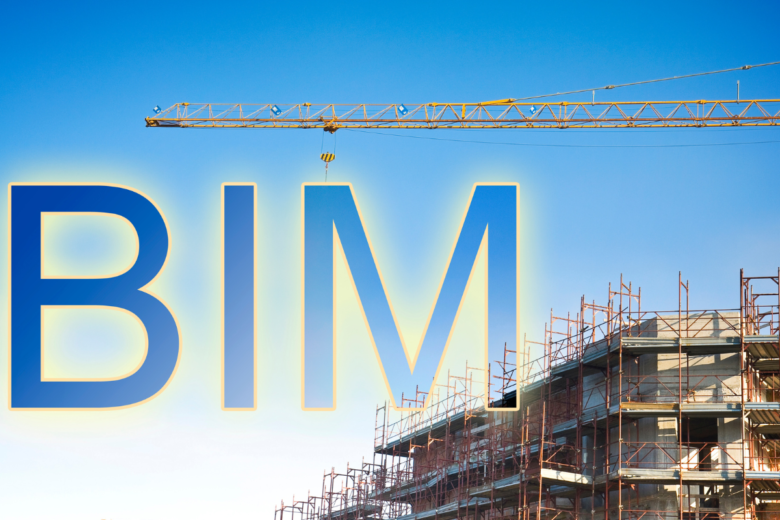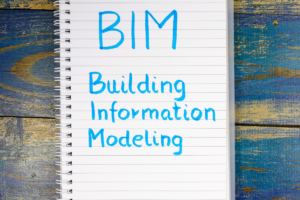Architecture and engineering are undergoing a profound shift with Building Information Modeling (BIM), a revolutionary technology that surpasses traditional 3D representations. BIM not only enhances operational efficiency but also transforms how projects are conceived, built, and managed. This article explores the substantial benefits that BIM brings to the construction industry, covering everything from interdisciplinary collaboration to environmental sustainability.
Transforming Interdisciplinary Collaboration with BIM
At the core of BIM lies its ability to integrate various aspects of a construction project into a unified digital model. Architects, structural engineers, mechanical and electrical engineers, and other professionals can collaborate more effectively from the initial stages through completion. This multidisciplinary collaboration improves communication, reduces conflicts, and minimizes rework, thereby saving time and costs.
Cost and Time Reduction: How BIM Revolutionizes Project Budgeting
One of the standout advantages of BIM is its impact on project budgeting and scheduling. By providing accurate and detailed virtual representations of buildings and infrastructure, BIM enables stakeholders to simulate construction processes and foresee potential issues before they occur onsite. This proactive approach helps in optimizing resource allocation, streamlining workflows, and ultimately reducing project costs and timelines.
Enhancing Project Accuracy and Quality with 3D Modeling
BIM’s capability to create sophisticated 3D models enhances project accuracy and quality significantly. Designers can visualize and analyze every aspect of a building in detail, from structural components to interior systems. This level of precision not only improves design outcomes but also facilitates better decision-making throughout the project lifecycle.
Efficient Conflict and Interference Management with Clash Detection
One of the challenges in construction projects is managing clashes and interferences among different building systems. BIM addresses this issue through clash detection capabilities, where potential conflicts are identified and resolved in the digital model before construction begins. This proactive approach minimizes onsite errors, reduces change orders, and enhances overall project efficiency.
Optimizing Project Lifecycle with BIM 6D
Beyond design and construction, BIM supports the entire lifecycle of a building through its 6D capabilities, which incorporate data on sustainability, maintenance, and operation. Owners and facility managers can access critical information about the building’s components, performance metrics, and maintenance schedules, enabling efficient lifecycle management and operational optimization.
Environmental Benefits: Sustainability and Energy Efficiency
In today’s construction landscape, sustainability is paramount. BIM plays a crucial role in promoting environmental responsibility by facilitating sustainable design practices and optimizing energy performance. Through energy analysis tools and lifecycle assessments, BIM helps in reducing carbon footprints, achieving green building certifications, and ensuring long-term environmental sustainability.
Best BIM Practices to Minimize Risks and Errors
Implementing BIM requires adopting best practices that mitigate risks and errors throughout the project lifecycle. From standardized protocols to continuous quality control, adhering to these practices ensures data accuracy, model integrity, and project success. This disciplined approach not only enhances project outcomes but also builds confidence among stakeholders.
Accelerating Decision-Making with Advanced Visualization
BIM’s advanced visualization capabilities enable stakeholders to make informed decisions swiftly. Realistic 3D renderings and virtual walkthroughs allow stakeholders to visualize the final product before construction begins, facilitating early-stage design adjustments and enhancing client communication. This visual clarity fosters consensus and accelerates the decision-making process.
Empowering the Team: Training and BIM Adoption
Successful BIM implementation hinges on empowering teams with the necessary skills and knowledge. Training programs tailored to different roles and proficiency levels ensure that stakeholders can effectively utilize BIM tools and workflows. By fostering a culture of continuous learning and adoption, organizations can maximize the benefits of BIM and drive innovation within their teams.
Case Studies: Real-World Success Examples in BIM Implementation
Across the globe, numerous construction projects have demonstrated the transformative impact of BIM. Case studies highlight how BIM improves project outcomes, enhances collaboration, and delivers measurable benefits in terms of cost savings, schedule adherence, and quality enhancement. These success stories underscore BIM’s versatility and effectiveness across diverse project types and scales.
Building Information Modeling (BIM) stands at the forefront of modern construction practices, offering transformative benefits that extend beyond conventional project management approaches. From enhancing collaboration and project accuracy to promoting sustainability and accelerating decision-making, BIM empowers stakeholders to achieve superior outcomes throughout the project lifecycle. As the construction industry continues to evolve, embracing BIM not only drives efficiency and innovation but also sets new standards for excellence in building design and construction management. Embrace the future of construction with BIM, where every project becomes a testament to efficiency, sustainability, and quality.





